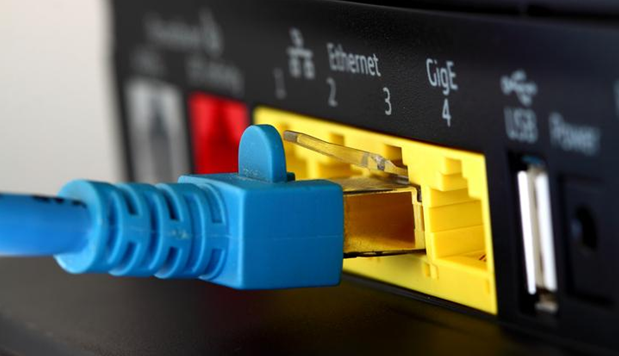
Source BBC
Broadband might be one of the fastest types of Internet connection ever invented, but for many people, it doesn’t mean the fast download speeds or limitless information & data that they would hope for. Millions of people have to put up with really poor quality Internet connections thanks to the way in which their PC will either not be able to properly connect to their Internet Service Provider, or have some sort of problem with the settings/options of their system, preventing their computer from being able to connect to the Internet properly.
Before roaming free in the World Wide Web, every internet user must first choose a plan and connection speed that will be able to accommodate both their budget and their user needs.
The following article seeks to outline some of the basic areas that novice users should address when choosing an Internet provider. For some, it may seem like common sense, but for those suffering easily avoidable headaches and long load times, it may just make a world of difference.
Connection Speeds
Before beginning it would first be wise to explain the two types of connection speeds and how they fundamentally differ. All methods of internet usage around the globe only use either one or the other of these types of connections.
Kbps: Is the common acronym for ‘Kilobytes per second’. A Kilobyte is one thousand bits of data – a ‘bit’ being the most fundamental form of binary code that makes up all information available both online and on your home PC. Essentially, a ‘bit’ is the building block of all computer technology and communication. In layman’s terms, it is simply the combination of 1s and 0s that form the language of computers.
Mbps: A much larger unit of data, Mbps refers to the term ‘Megabytes per second’. A Megabyte is one million ‘bits’. This form of data transference is used by every internet connection above Dial-Up speed.
Types of Connection
Dial-Up: The most basic connection available, a Dial-Up connection uses the existing phone line in a business or household to transfer data at around 56Kbps. This is the slowest connection currently available in the UK and is in the process of steadily being outdated due to faster connections being more widely and readily accessible for a lower cost.
ADSL: This is a must faster connection and the first real broadband connection with speeds from 2mb up to 17mb per second in the UK. This type of connection uses your existing phone line on advanced copper cables.
Fibre: THe fastest kind of broadband connection in the UK and it uses fibre optic cables to transfer data and can obtain speeds of up to 300mb/s in certain areas of the UK, mainly if you use Virgin Media.
To find out what speeds you can get in your area take a look at the broadband postcode checker at Broadband Compare UK
Satellite:
While a satellite internet subscription will represent an upgrade in many different ways to the dial-up user, there are some things which can be done to maximise its benefits. From keeping an eye on data usage to utilising all the communications options at your disposal, there are several ways to do more with satellite service. All it takes is a little homework and some basic diligence. Here are 5 ways to get the most out of satellite internet.
- Jump on a great plan quickly. While deals on satellite internet service might seem to always be around, the plan that looks great might not be there when you decide it’s time to upgrade. If you are frustrated with dial-up service, there is no point in putting off the switch for a later date. As soon as you get the idea it’s time to switch, jump on the first satellite service plan which makes sense for you. Any time you waste after that might force you to take a lesser plan than originally attracted you.
- Size up your data requirements. Going into a satellite internet service contract, you should have a general idea of what type of data you’re going to use. You can end up paying for more than you need or – more common – getting stuck when you need more but ordered less. You’ll be doing yourself a favour by sizing up in the most accurate way possible the amount of data you will use on a monthly basis. Talk it over with a customer service rep before you settle on a plan and start working with a satellite connection.
- Make use of the telephone. When you get the internet via satellite, it means your telephone line won’t be occupied whenever you’re online. Have a plan in place for how you’ll use this open communication line. It could mean dropping a line you had reserved for internet use, or it could simply mean getting used to multitasking during your daily operations. Either way, you will be able to do a lot more when you lose the dependence on telephone lines for internet.
- Plan ahead for network capabilities. Getting a network going is a real possibility with satellite internet. However, you can’t expect the lowest level plan to power a small office or several computers at high speeds all the time. If you want to build your own network, get the bandwidth you can use to make all of your machines go at high speed. You’ll figure out ways to recoup the expense with the new freedom of operation you’ll have.
- Keep customer support numbers close by. Every tech service will throw you for a loop at one time or another and it’s usually in the beginning that confusion arises. To avoid getting stuck in the middle of some work while online, keep the customer support number for your satellite provider close by so you can solve any problems in a few minutes.
The End..

